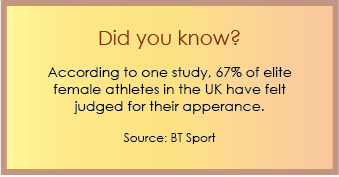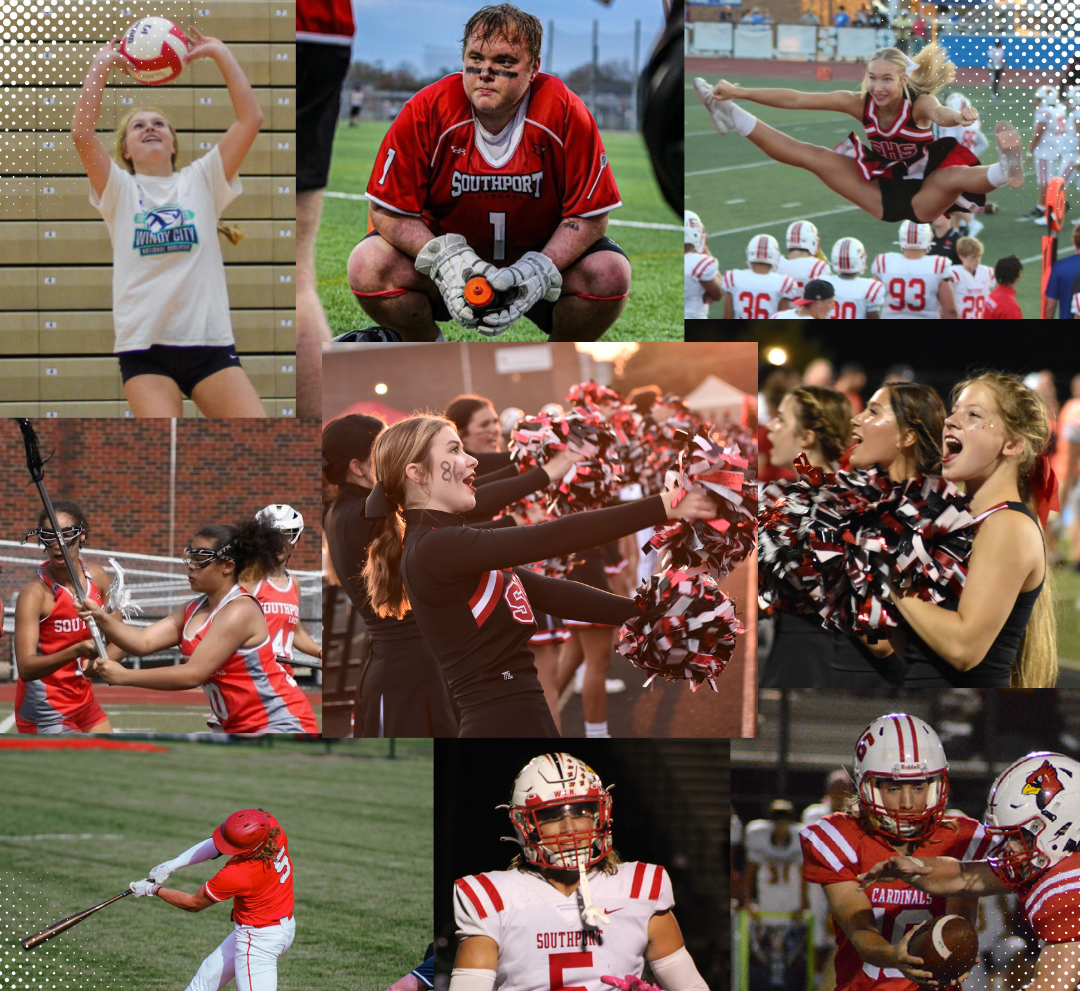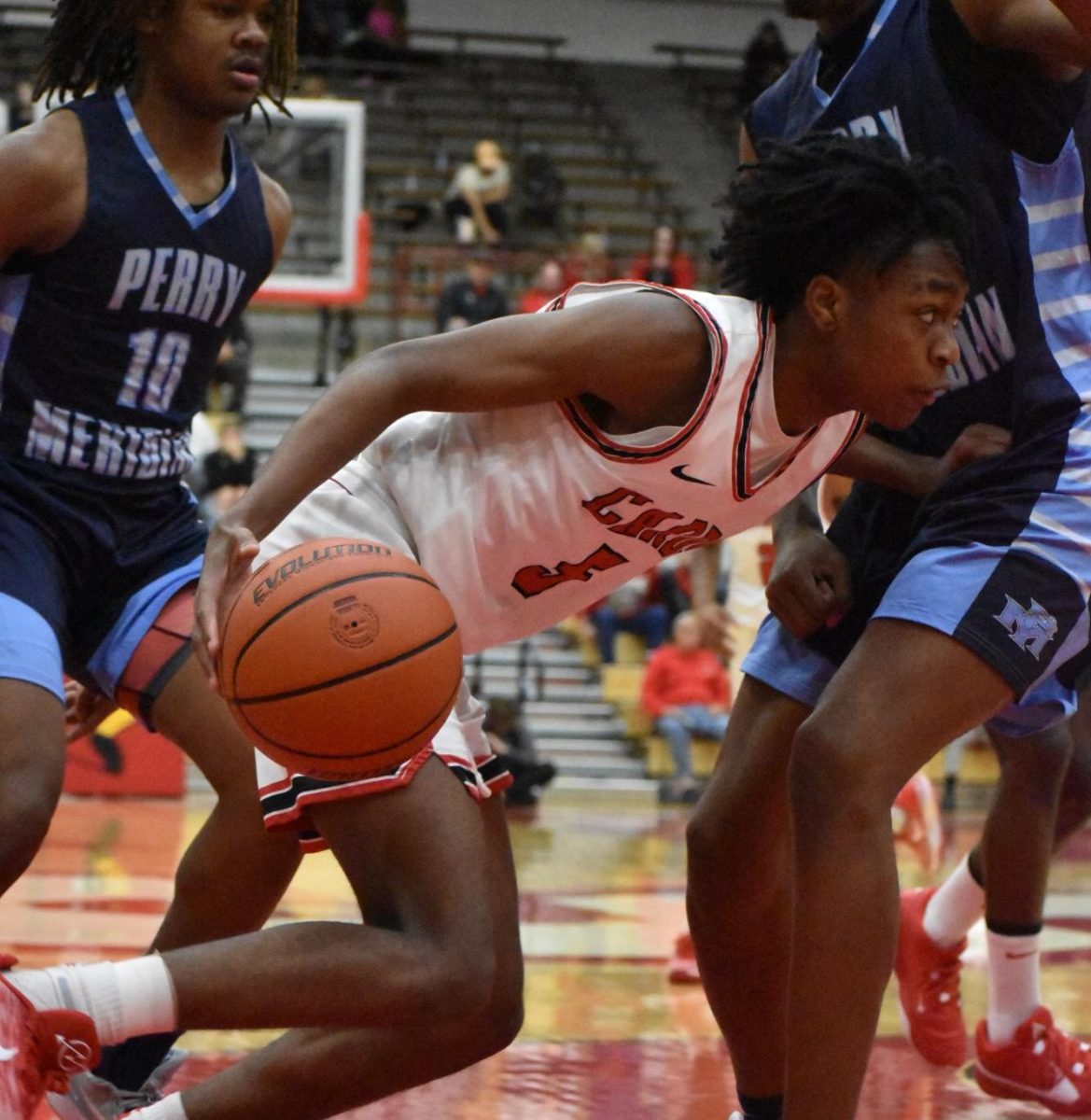Disclaimer: this column is about the objectification of women in sports. There is also mention of eating disorders.

Here’s a fact I didn’t know until recently: the best-selling issue of Sports Illustrated is their “swimsuit issue,” according to Britannica. As you can probably guess, it’s filled with pictures of models, athletes and celebrities in nothing but bikinis.
Never mind that they have 11 other issues each year to read, filled with actual sports stories. But, let’s be honest, this situation isn’t surprising.
The term objectify means to “treat as an object or cause to have objective reality,” according to Merriam-Webster. Objectification can happen to anyone, and it happens often.
But the reality of this happening for women is much more common than for men. Objectification primarily impacts women, especially in the athletic field.
“Being objectified, for a female, is going to happen no matter if you’re posing for a magazine or walking down the street,” U.S. women’s soccer player Alex Morgan stated in an interview with CNN. “That’s just going to happen in every female’s life.”
For female athletes, objectification often comes from the media (looking at you, Sports Illustrated) in a variety of forms, through something as seemingly small as camera angles to a whole team or sport’s uniform design.
While women are often gaslit into believing this doesn’t happen, it does. Objectification of women in sports is a real thing, and it needs to be stopped.
Still don’t believe me? Here are some direct quotes from a comment section under a video of the women’s pole vault final from the World Athletic Championships in 2019:
“You can tell these girls know how to handle a pole! ;-)”
“They can borrow my pole anytime.”
“Too many knee socks; not enough slow-motion.”
“Came for hot girls, stayed for competition.”
“Um, these strippers are doing it wrong.”
And that’s only a small amount. Although these comments are unjustifiable, the video itself does contain some camera angles of the same nature.
In these cases, cameras deliberately film revealing or “provocative” areas of the body. For women, this mainly means views of the chest or butt.
This way of filming is unnecessary and dehumanizing, but is difficult to call out. It often happens just enough to be noticeable, but accusations are ignored or covered up by claims of “just doing their job” or “showing all angles.”
Uniforms also play a part in the objectification of female athletes. Compared to their male counterparts, women in certain sports are faced with a stricter dress code or expectation to dress a certain way. For example, in 2021, women beach handball players from Norway were fined 150 euros each for wearing shorts instead of the required bikini bottoms. Thankfully, the International Handball Federation updated its rules shortly after, but intentionally revealing uniforms are still the reality for many athletes.
Sometimes, uniforms aren’t even the problem. For efficiency, track athletes dress in shorts or leggings with a uniform tank top. Even though these athletes dress this way to prioritize their sport, they still become sexualized by the media. Female athletes get shamed for showing too much skin, even though the men’s uniforms are cut the same.
Some may say that female athletes dress this way on purpose to attract male attention. This simply isn’t true.
While I obviously don’t speak for all women, this way of thinking is entirely centered around the male gaze, which most women don’t base themselves off of. In fact, efficiency plays a huge role here too. For some, it’s easier to move around and perform certain movements with less fabric in the way. This is why upon stepping into a women’s-only gym, you’ll most likely find the majority of women are dressed like the aforementioned track athletes. They are dressing for themselves, not in an attempt to be objectified.
No matter how objectification occurs, its impact is undeniably negative.

For one, the culture this action creates drives women and even young girls away from sports entirely. If they feel they aren’t valued as an athlete, only as something to look at, they won’t devote their time and energy to it.
Eating disorders are another common effect of objectification. When female athletes do realize that they are being viewed as an object, their self-esteem consequently lowers, causing them to internalize a pressure to look the way people see them as.
None of these effects are okay or should be happening. Women should feel comfortable in this space and valued for their skills as an athlete.
So how do we fix this? Firstly, the media needs to film female athletes appropriately, and audiences need to call them out if they overstep.
Secondly, the regulations on women’s uniforms need to be reevaluated and assessed by women. Or, athletes could make the decision for themselves, within reason.
Thirdly, we all need to explore the way we see female athletes. Do you value their appearance or their athletic ability? There’s always room for improvement, and in this case, improvement is direly needed.






EckDaddy • Mar 8, 2024 at 11:26 pm
This is very impressive. Well done.